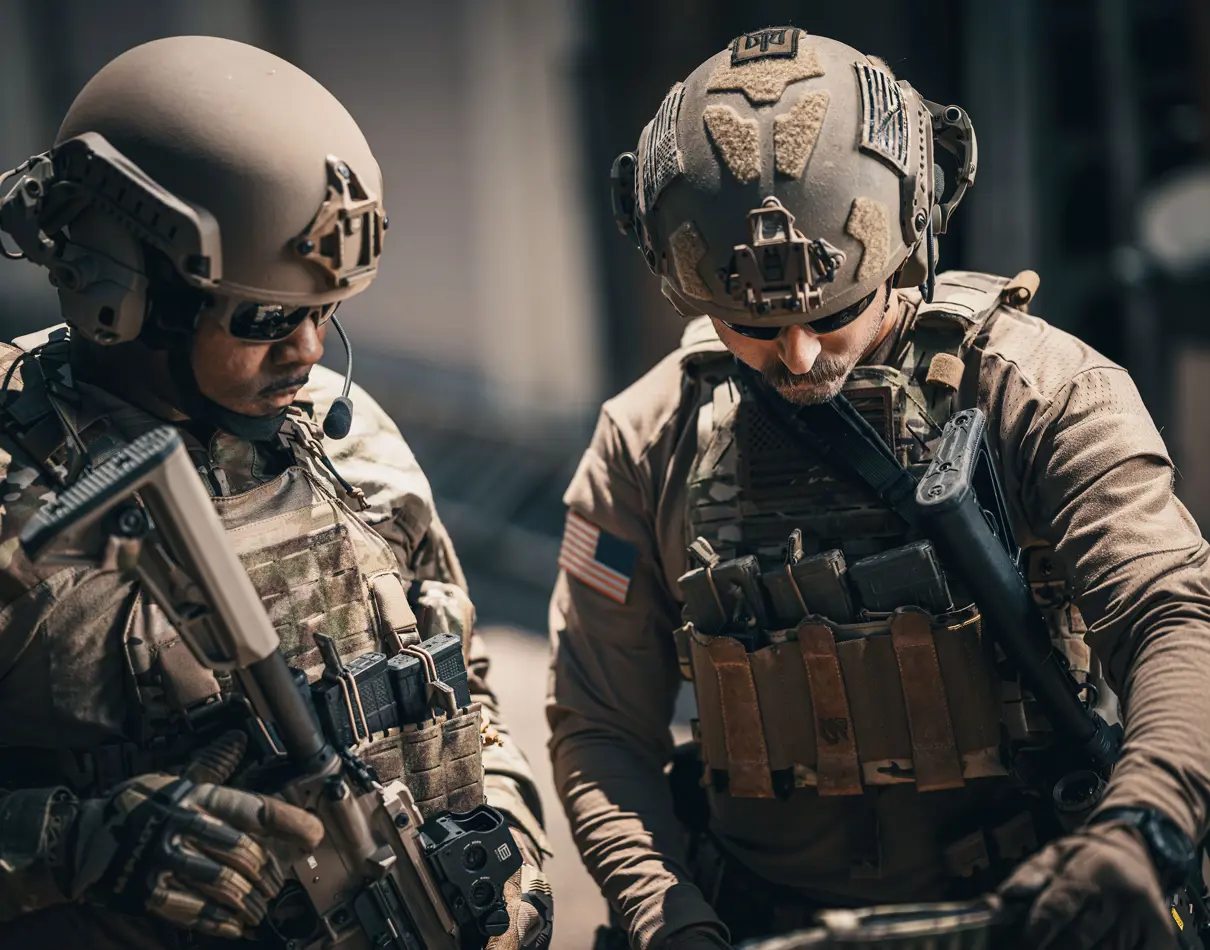News
Delta Three Oscar continues to support global military and law enforcement personnel by developing innovative materials that deliver best-in-class ballistic, shock and impact protection. Working alongside top international brands, Delta Three Oscar products are integrated into garments and equipment worn on the front line of defense. Delta Three Oscar’s innovations, company news and new partnerships are recognized across leading industry and defense titles worldwide.

June 24, 2025
Delta Three Oscar Develops New Ballistic Foam to Meet NIJ Standard 0101.07
Read More
June 23, 2025
Delta Three Oscar Expands Operations into the Middle East
Read More
June 18, 2025
Garmont Launches T8 DEFENSE Boot Featuring D3O Protection
Read More
June 02, 2025
Discreet Deployment System for Law Enforcement and Crowd Control
Read More
June 17, 2024
Delta Three Oscar Presents a Diverse Product Portfolio
Read More
May 14, 2024
Delta Three Oscar Opens New Offices at the Virginia Tech Corporate Research Center
Read More
Showing page 1 of 1